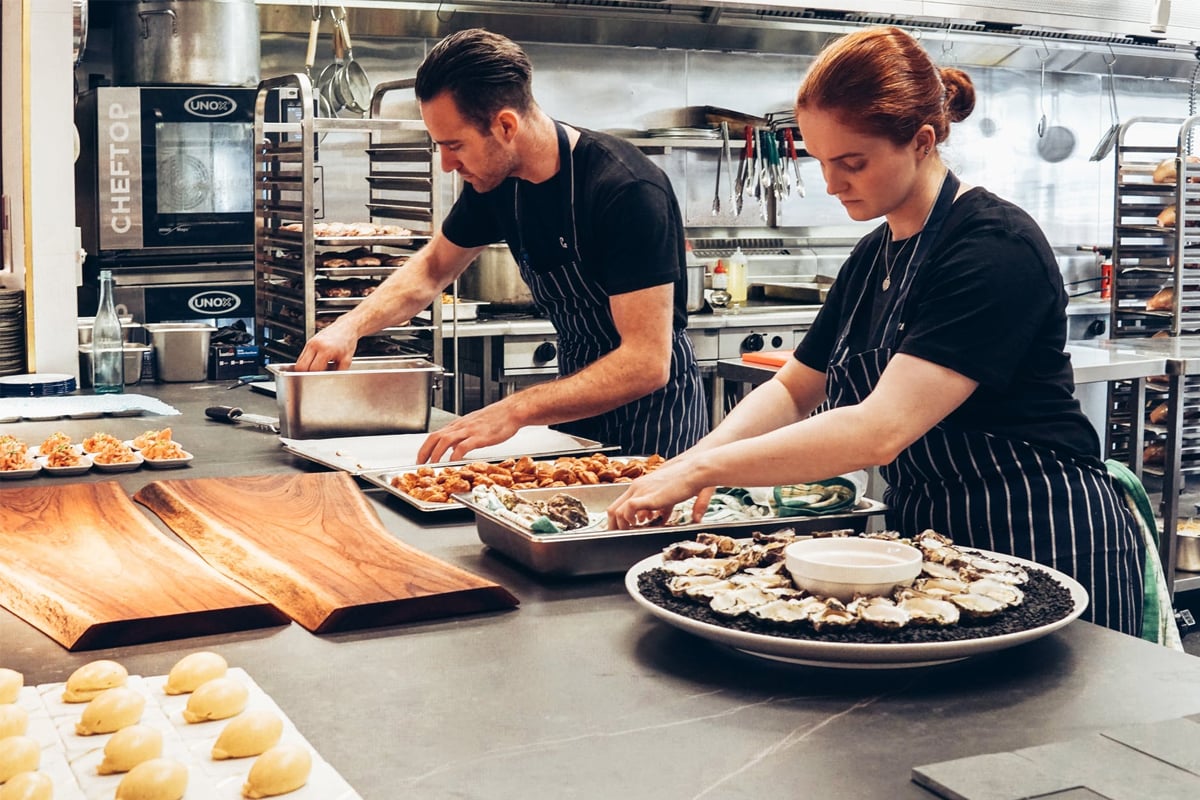The use of technology in restaurants is increasing more rapidly than ever before. From QR codes to online ordering, inventory management to a giant robotic arm that fries wings, creativity and innovation sit squarely in the center of developing solutions. Facing a post-pandemic world full of labor shortages and rising costs, providers of said solutions are dedicating their time to cultivating seamless integrations. Welcome to the potluck, where every provider brings something different to the table.
What is Integration?
Integration, at its most basic level, is defined as “the combination of one thing with another so that they become whole.”
When it comes to tech, integration works to fill the gaps of one platform with another or expand capabilities. You can think of it as a bridge. With each new integration, not only do providers add a new layer of functionality, they also strengthen the framework of the system as a whole. Some of the most common types of integrations for POS include:
Accounting and POS Loyalty and POS Inventory and POS Labor/Staffing and POS Online Ordering and POS
Partners and Pairings
Given the large number of potential connections, integrations must be assessed by both their own capabilities and their ability to connect to others. A great partner should be:
Price-sensitive Transparent about their product roadmap and feature priorities Flexible about with whom they’ll integrate
This combination helps improve customer momentum and satisfaction around the integration and technology transformation processes.
Meanwhile, an ideal tech stack should be nimble, able to adapt to operator needs, and boast a thriving API (Application Programming Interface) ecosystem. Many providers host a running integrations list on their website, allowing operators to make these sorts of assessments. You can find Craftable’s here!
The Future of Integration
Integration first came about in order to connect an increasing number of solutions to an increasingly fragmented set of problems. By securing connection as a tenet for providers, these solutions were simplified for operators and made attainable. Many predict this will be taken one step further with all-in-one solutions. This means that over time, restaurant technology will see substantial consolidation and feature overlap. Eventually, companies with the most sustainable market share will provide value across restaurant operations at an affordable price.
Continue Connecting
As more tech solutions are added, integrations will be essential to efficiency.
Integrations consistently recover operator time and money, freeing staff of all levels to forge the human connections technology can never replace. So why pick and choose when you can have it all? Go on, fix yourself a plate!




.png)